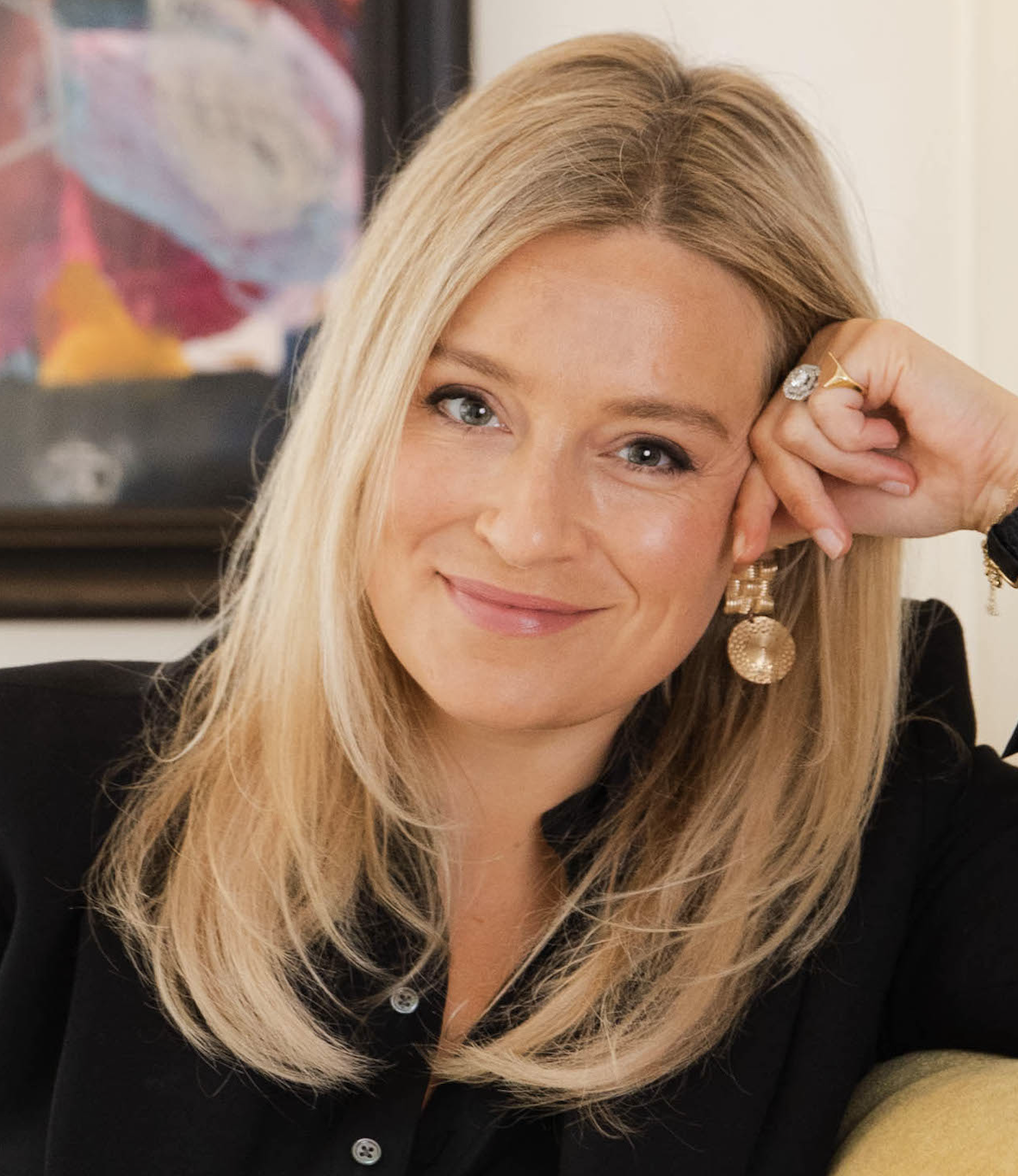Old diamonds, new tricks: Why it's worth reworking unwanted jewellery into something you'll love
Diamonds are meant to sparkle in candlelight, but many now gather dust in jewellery boxes. To wear them today, we may need to reimagine them, as Hetty Lintell discovers with her grandmother’s jewellery.
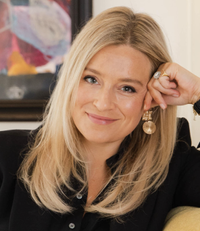
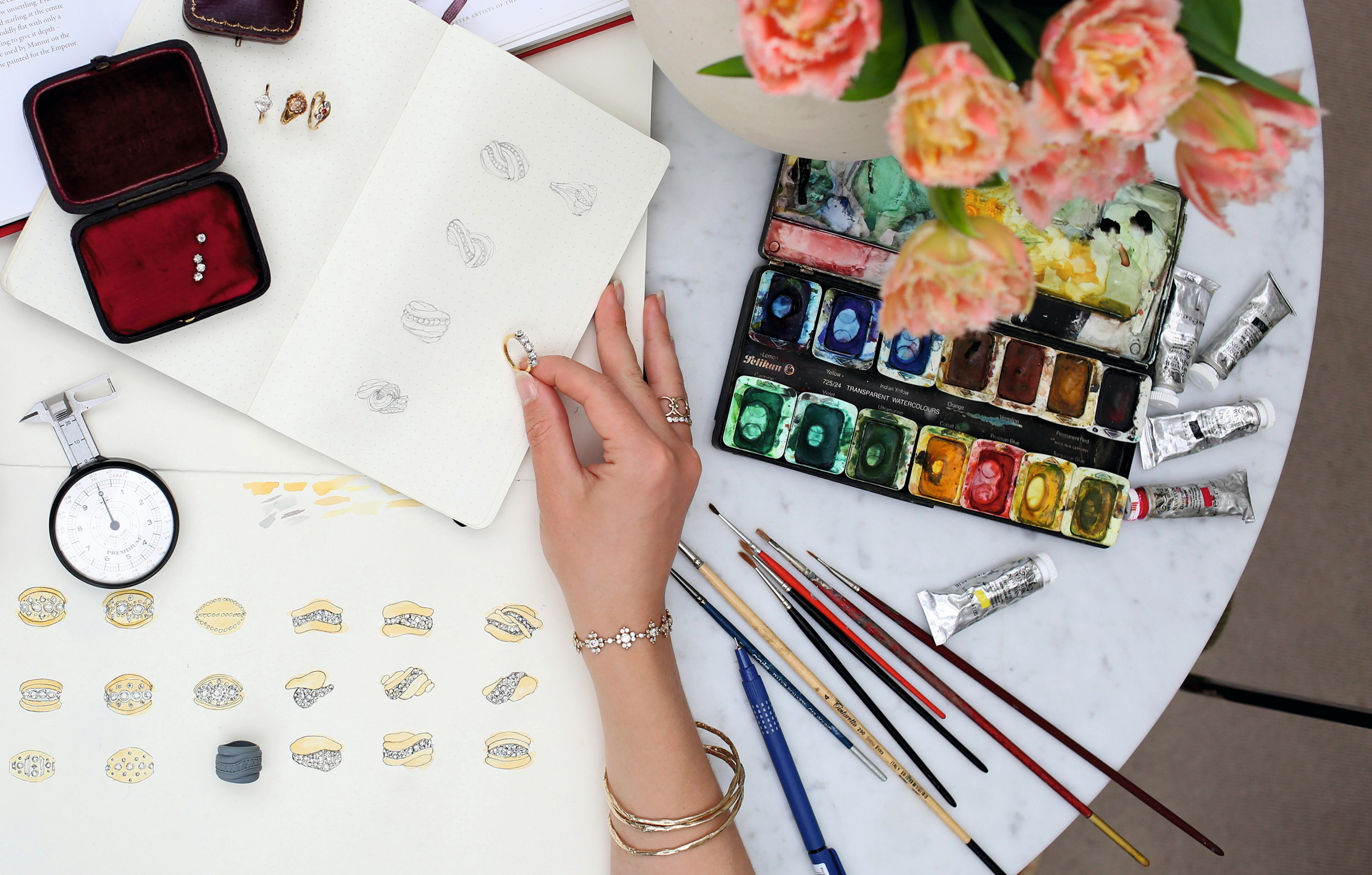
I remember the first (and only) pair of diamond earrings I was given, in my twenties: tiny, antique dragonfly studs from Bentley & Skinner on London’s Piccadilly, purveyors of the finest antique jewellery. ‘You can only have these if you promise to wear them. Don’t leave them sad and lonely in your jewellery box,’ insisted my benefactor. I duly wore them on repeat, even on my wedding day as my ‘something old’.
For those fortunate enough to have a jam-packed jewellery box — or pieces snaffled away in strategic hiding places (‘no one will look in the rusty tea caddy at the back of the cupboard’) — I can hazard a guess that you might not wear your more sentimental pieces. Inherited jewellery carries the weight of emotional memories — sometimes lovely, but sometimes sad and complicated, which makes forgetting about them easier than begrudgingly pinning them to a coat lapel once a year.
If these jewels don’t fit with your life or simply aren’t your style, selling them to buy something new and shiny is an option — don’t let the money dissolve into the next heating bill or food shop. However, I would encourage owners to think outside the box and commission something special. Rather than replace, rework said sparkler into a piece you (or a beloved family member or fiancée) will cherish wearing and pass down the generations with stories to tell. If only jewellery could talk.
‘Taking a glimpse into the past, how a jewel was once worn and the special memories it possesses means my bespoke projects pay homage to the past, as well as looking forward to the different ways the jewel can be worn in the future,’ explains Cassandra Goad, a master of the jewellery rework who has a delightfully quirky and creative eye. ‘The most memorable bespoke transformations honour the sentimentality of a jewel, yet also bring to life a modern stylistic sensibility and creative vision.’
The jeweller is used to clients, old and young, bringing in pieces they never wear, desperate to put them to some use. A brooch can be transformed into a bracelet and earrings or an out-of-date engagement ring remade in a chunkier setting to be worn cocktail-ring style instead. ‘With a pinch of bravery and an abundance of creativity, we can reimagine antique jewellery for new life phases and style, rather than hiding it away in a jewellery box,’ she suggests.
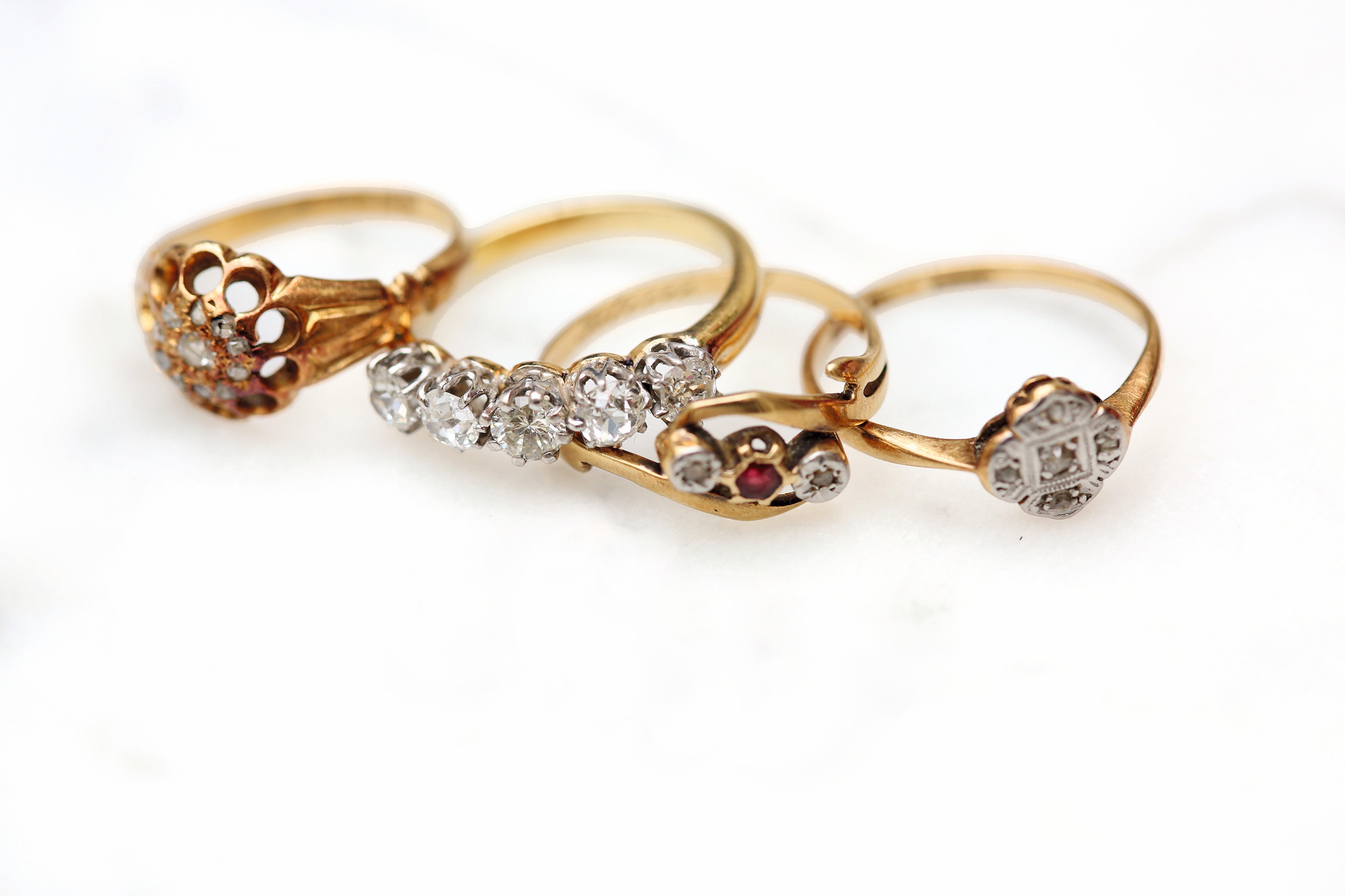
During lockdown, my mother rifled around in the rusty tea caddy and produced some dusty diamonds, which once belonged to my great-great-aunt Amy (who was born in 1893 and died the year I was born — 1986, for those wondering). She had a pair of whopping, diamond flower earrings, but lost one in a Second World War air-raid shelter, so she turned the lone earring into a ring.
On her death, it was left to my grandmother, who wore it only on special occasions, worried about losing it and deeming it a little ostentatious (not a sentiment I have inherited). The style later became dated and it was remade into a line ring, which never quite worked with the original setting, then the diamonds came to me. A daunting treat. It’s taken nearly four years of deliberating, but I now have a mesmerising ring by which I am distracted when typing these words.
Exquisite houses, the beauty of Nature, and how to get the most from your life, straight to your inbox.
During the makeover, I was bound by my mother’s emotional plea: ‘You must re-use the original gold in the new ring, too, to keep it all together.’ I opened my little black book and fell upon Eliza Walter — or Lylie — who provides a special service reusing old gold. Send her your old chains, charms and unloved gold pieces, of varying carats and she will re-use them or pop them into her melting pot (layman’s terms) offering you credit towards a new, bespoke piece or something from her current collections.
Lylie’s rings have a delicious tactility that makes you want to wear them every day, until your finger feels alien when bare. ‘Bespoke reworking is such fun because you have a finite amount of material, stones or gold, and it’s so precious to someone,’ the designer says. ‘Often, our remodelling clients bring everything they own in with them — one arrived with a sports bag full of jewellery and we had to sort out what was precious and what was not. We might look at what they have in the jewellery box and work out where the spaces are, taking into account how they live their life and wear their jewellery.’ If you always wear chunky knitwear, you might want a longer, weightier chain that sits over the top, for example.
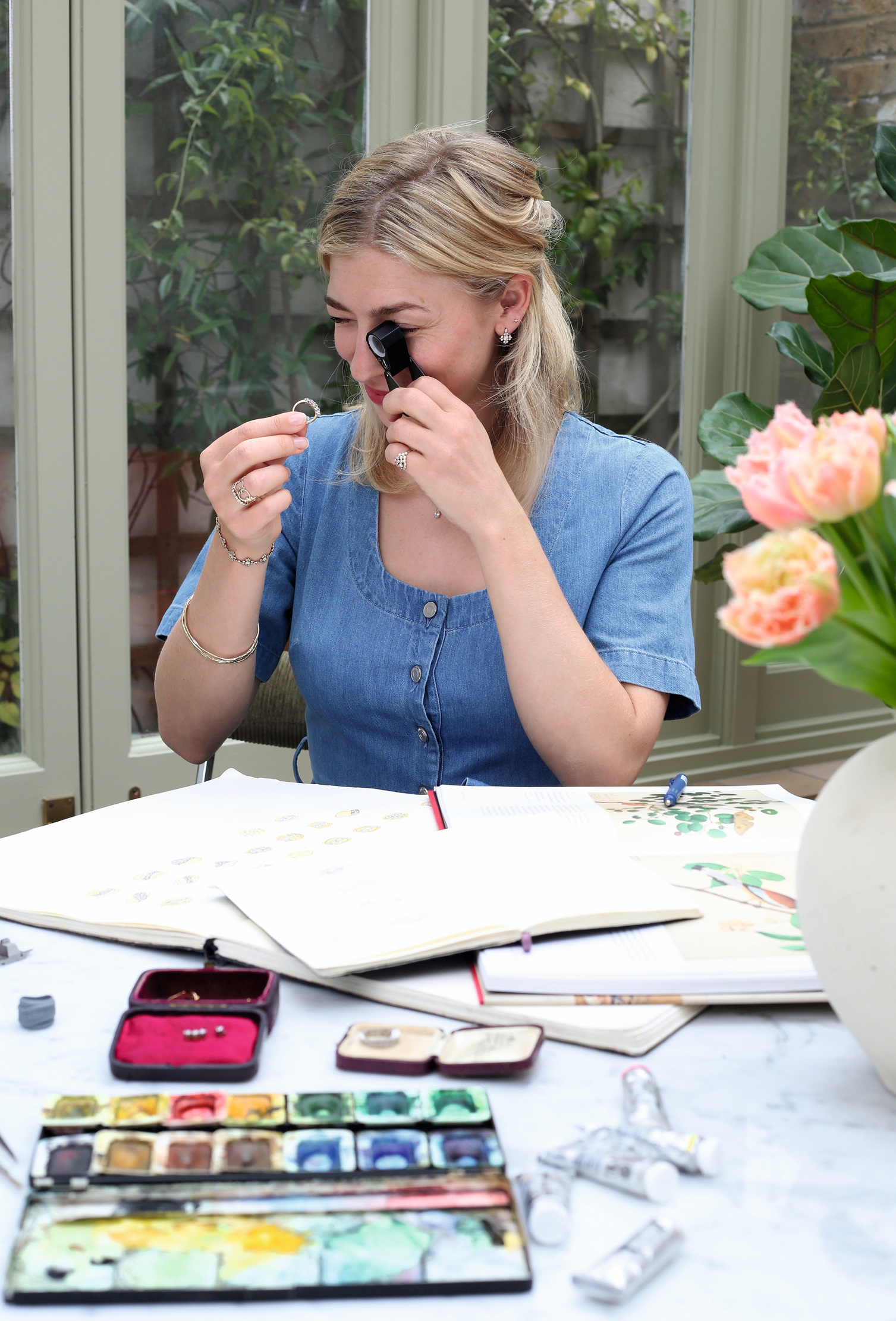
Many of Lylie’s remodelling clients are a little older: ladies whose hands might have changed in the years since an engagement and who want to bulk out their bling to create something that balances better on the finger. Ring jackets are common in this instance — or ‘party jackets’, as they have become known — that sit snuggly either side of an existing ring to create something new, but retain the integrity of the original piece.
Proposals with heirloom rings also feature, when couples bring an old ring in together, to rework it to suit the bride-to-be better. Men might not have the confidence to opt for more avant-garde rings on their own, but, with their fiancée, they have the courage to push the design. ‘Jewellery holds so much that is autobiographical. You have different pieces for different points in your life,’ says Lylie. ‘I think if you can start with old ingredients, the sentiment is already there, so it becomes doubly important.’
If someone inherits a piece, they might wear it for a while to help them with the grieving process and feel closer to the deceased. In time, they’re prepared to rethink how they wear it. ‘I am making some wedding rings at the moment. The wife was incredibly close to her granny, so it matters to her that the gold we use is from her grandmother’s jewellery,’ Lylie divulges. ‘It goes through a process called “can casting”, where a tiny casting pot is heated separately, just for that gold.’
For my inherited diamonds, we started by looking closely at the nine stones (round cuts — old-cut, modern round-brilliant cut and all slightly different sizes) and discussing how important it was to keep them together and re-use the gold. Lylie did some initial pencil sketches that we refined together. Then came the 3D print, a maquette of the ring-to-be that allows you to feel the scale of a piece, try it on and tweak. This is the beauty of using modern tech in designing jewellery: you can get a sense of the volume of it before it’s made in gold and more difficult to change.
I wanted something bold, sculptural and, above all, wearable, so we opted to add nine-carat gold, which can handle more battering. I was inspired by a Belperron ring from the 1940s, the era when great-great-aunt Amy lost her earring. When presented with the final design in its exquisite blue box, both my and my mother’s eyes filled with tears, such was the emotional link to the past brought poignantly back to life. After all, jewellery is worth far more than its weight in gold.
Hetty Lintell is the luxury editor of Country Life
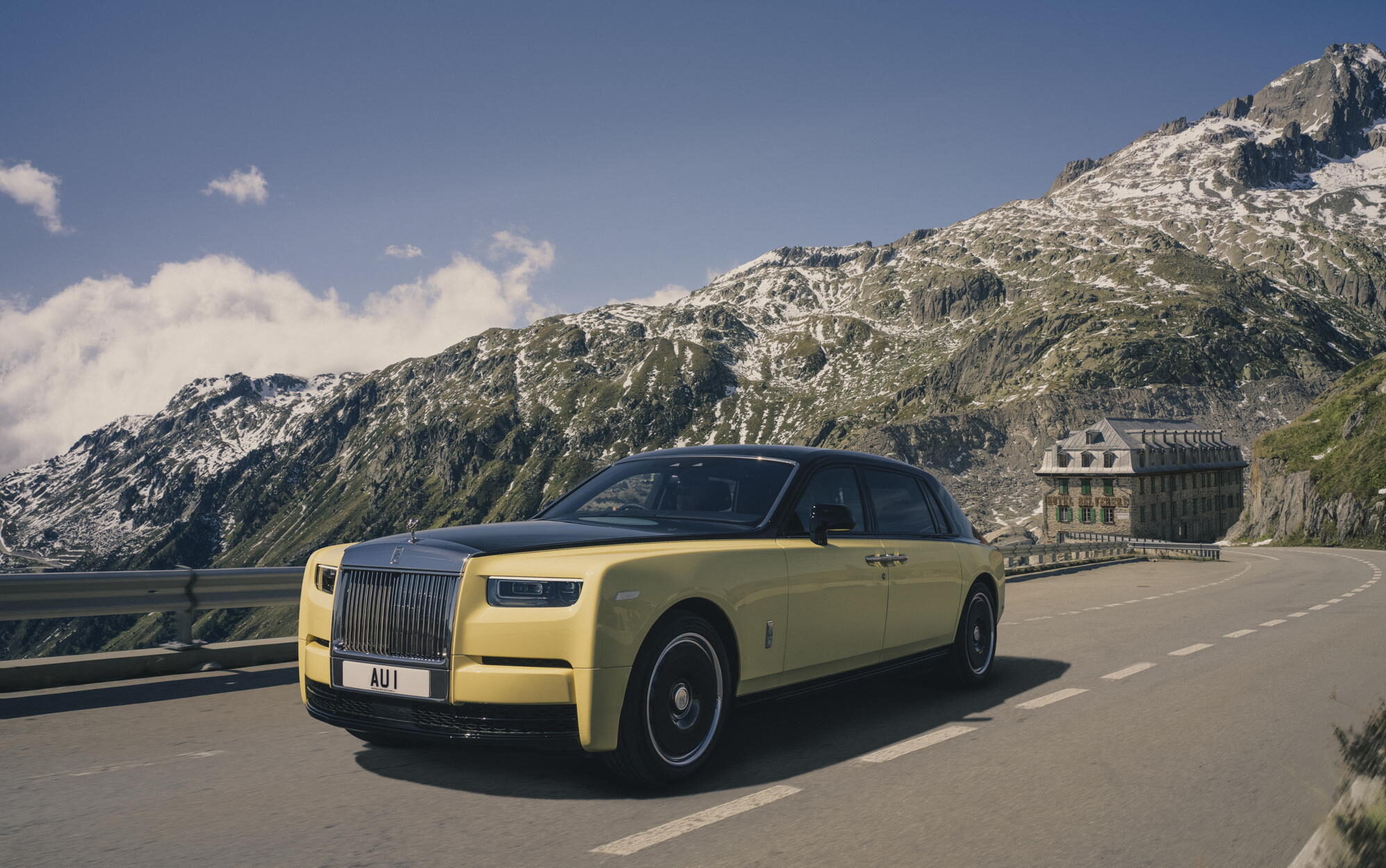
No Mr Bond, I expect you to drive: The Rolls-Royce dripping in gold created to celebrate 60 years since Goldfinger
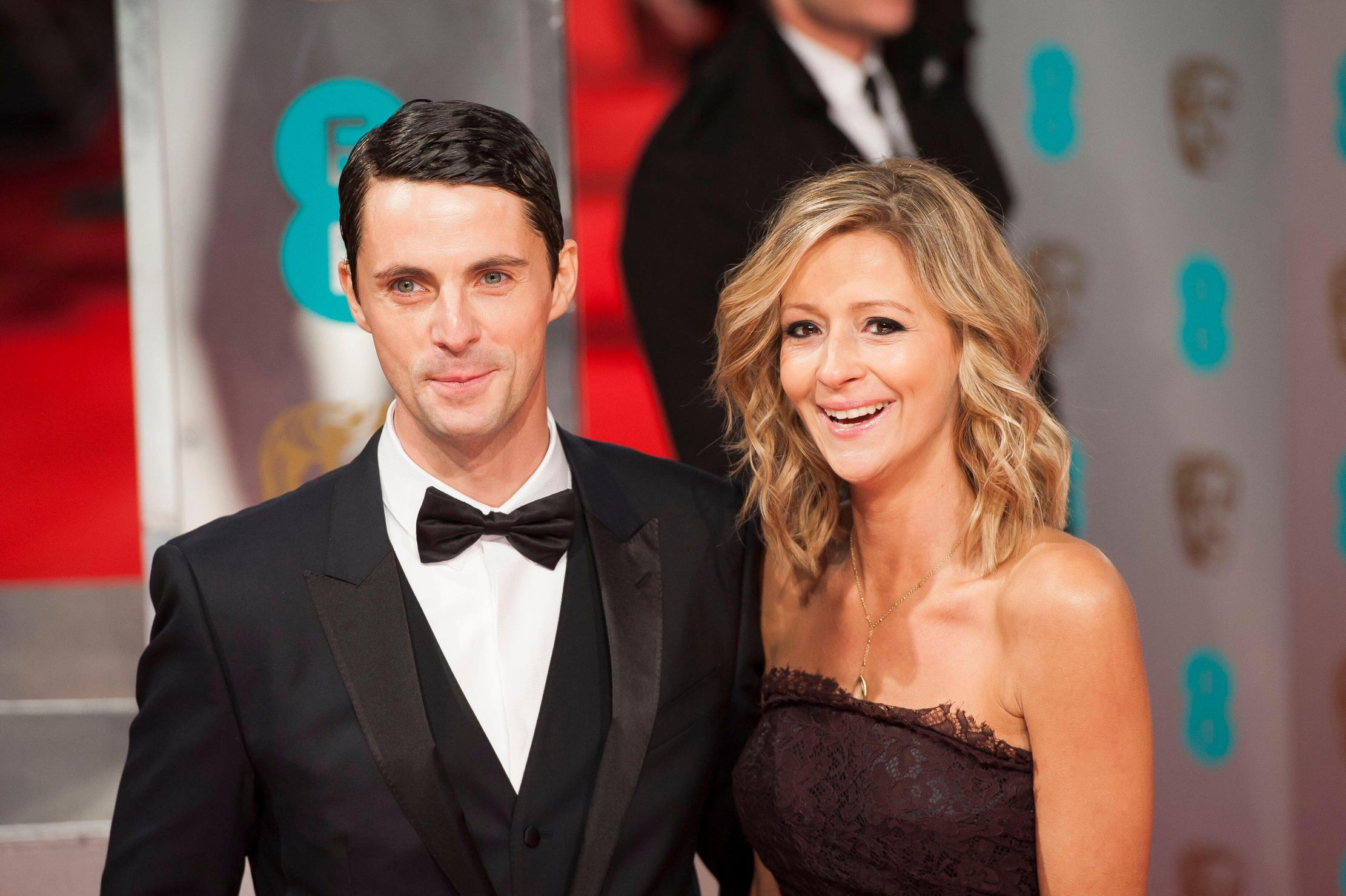
A few of my favourite things: Matthew Goode
The British actor tells Hetty Lintell about three objects he can't live without.
Hetty Lintell masterminded the launch of the magazine’s Luxury pages back in 2012 and has overseen them ever since. She also edits Gentleman's Life, Country Life’s annual men’s lifestyle supplement, and styles and art-directs all of the magazine's fashion and still-life shoots. Her real forté, however, is compiling top-notch goodie bags for any party the magazine hosts. The best-dressed member of the team, Hetty can normally be found darting between Bond Street and a photographic studio in East London.
